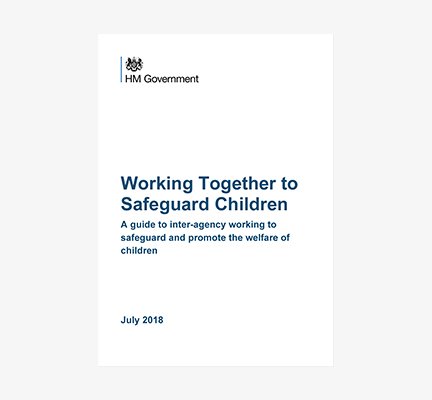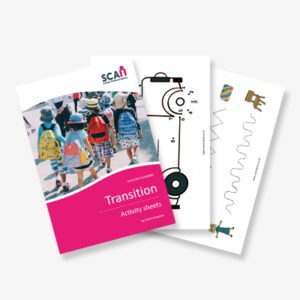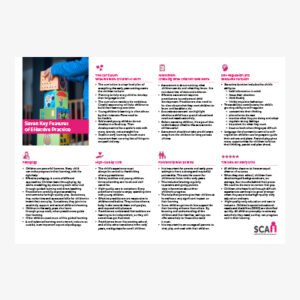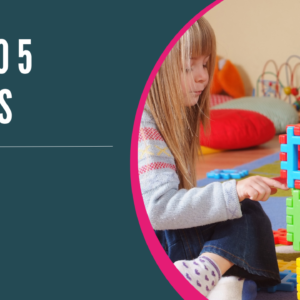Working Together To Safeguard Children
£12.50
Working Together to Safeguard Children is a government guidance document outlining the responsibilities of professionals to protect children. It emphasises the importance of collaboration between agencies, including social services, schools, and healthcare providers. The document provides clear protocols for identifying, reporting, and responding to child safeguarding concerns. It ensures that children receive the protection and support they need in cases of abuse or neglect. Professionals are encouraged to share information and work together to ensure children’s safety and well-being. Following this guidance helps ensure a coordinated and effective approach to safeguarding children at risk across all sectors.
A Unified Approach
Working Together to Safeguard Children outlines the national guidance for protecting children across all services and agencies.
This document explains the responsibilities of practitioners who work directly with children and families in every setting.
It ensures that everyone involved in child welfare understands their roles in recognising and responding to harm.
What the Guidance Covers
The guidance supports early intervention, shared decision-making, and multi-agency collaboration.
It promotes joint working between social workers, teachers, health professionals, and police.
Everyone must share relevant information and act quickly when safeguarding concerns arise.
Working together helps identify risk early and reduce harm before situations worsen.
Roles and Responsibilities
Each professional has a duty to keep children safe and act when signs of harm appear.
Designated safeguarding leads manage concerns and work with local safeguarding partners.
All practitioners must follow the correct procedures for reporting and recording any issues or disclosures.
Effective communication remains key to achieving consistent, high-quality safeguarding outcomes.
Early Help and Prevention
Early help prevents problems from escalating and supports families before serious harm occurs.
Professionals must recognise vulnerabilities and offer support services at the earliest possible stage.
This can involve parenting support, emotional health services, or family intervention programmes.
All efforts focus on keeping children safe, happy, and supported in their environment.
What to Look Out For
Look for signs of neglect, emotional distress, changes in behaviour, or unexplained injuries.
Take all concerns seriously and follow the setting’s safeguarding policies without delay.
Communicate clearly with children and listen to their words and behaviours carefully.
Engage with colleagues to confirm concerns and gather a full understanding of the situation.
Conclusion
Working Together to Safeguard Children creates a consistent and coordinated approach across services.
With strong partnerships, open communication, and early support, professionals can protect children from harm and promote their wellbeing.
Every adult has a role in safeguarding, and together, we can make a difference.






 Birth to 5 Matters (Implementing Observations)
Birth to 5 Matters (Implementing Observations)